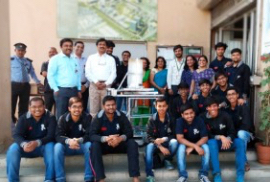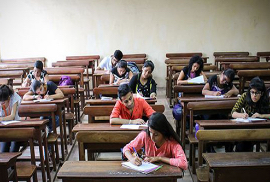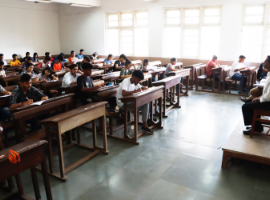Accomplishments

ConvExNet: Deep learning-based flood detection utilizing Shapley additive explanations
- Abstract
Flood is considered as one of the deadliest natural disasters across the world. It leads to immense loss of human life, the local ecosystem and other allied infrastructural amenities and the agricultural landscape. During flooding events, it is crucial for rescue operators to understand flood inundation areas. Over the years, remote sensing has proved itself as an efficient technique in such scenarios. In recent years, deep learning has shown significant progress in remote sensing applications with reference to flood detection. Despite its remarkable results, deep learning models are not yet widely adapted for operational flood detection systems. These models operate as a ‘black box’. Lack of interpretability of these models has hindered its reliability and transparency. To address this problem, an explainable artificial intelligence-based Deep SHAP Explainer is employed in this study to interpret the deep learning model's decisions for remote sensing image classification tasks. In particular, the ConvExNet model is proposed. Initially, optimized custom dilated convolution neural network architecture is proposed for image classification. Hyperband search optimization method is adapted to obtain the optimized hyperparameters for training the proposed convolution neural network. The experimental results reveal that the proposed model outperforms the transfer learning-based models. Finally, the Shapley additive explanations based deep explainer is employed for interpreting the model's prediction. The findings of this study will assist remote sensing stakeholders and decision makers for interpreting models for flood detection.



















